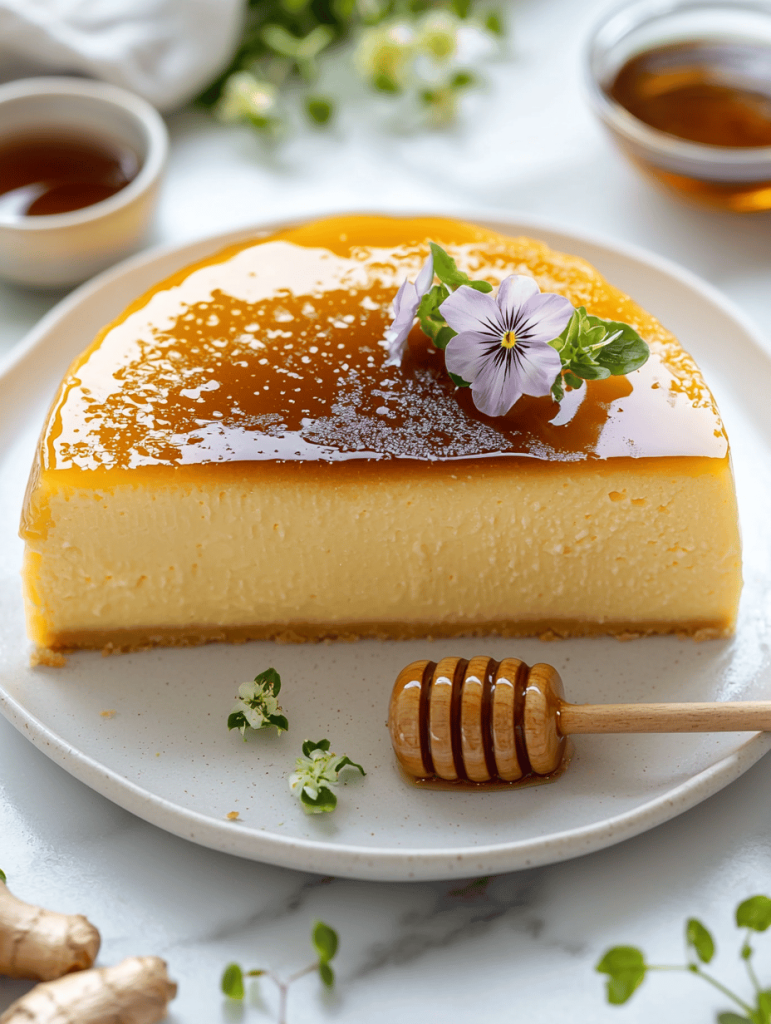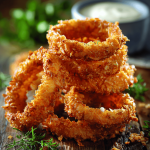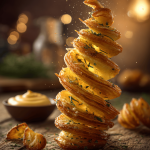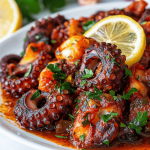I’ve been obsessed with the quiet magic of miso in desserts lately. Not in a salty, savory way—more like that unexpected umami kick that sneaks in when you least expect it. So when I saw a recipe for light and fluffy Japanese cheesecake that uses a touch of custard so delicate it floats, I had to try. The idea of a souffle that’s almost bitter from the eggs, yet melts on your tongue—that’s what drew me in.
In a world full of rich, dense cheesecakes, this one feels like a breath of fresh air. It’s perfect for spring, when you want something soft but not heavy, something that surprises without overwhelming. There’s always a little thrill in biting into something that looks simple but unfolds in layers of airy silkiness. Honestly, it’s a kind of dessert that makes me forget about having to be fancy.
Why I Love This Recipe (And You Will Too)
- It’s the kind of bake that feels like a quietly rebellious act—light, almost insubstantial but totally satisfying.
- Perfect for lazy weekends, especially when you weren’t planning on baking but want something special.
- The smell of whipped eggs and vanilla filling the kitchen? Pure comfort.
- You can’t mess it up too much, which is a blessing when your baking confidence is iffy.
- It’s proof that sometimes, simple ingredients and a little patience create the most magic.
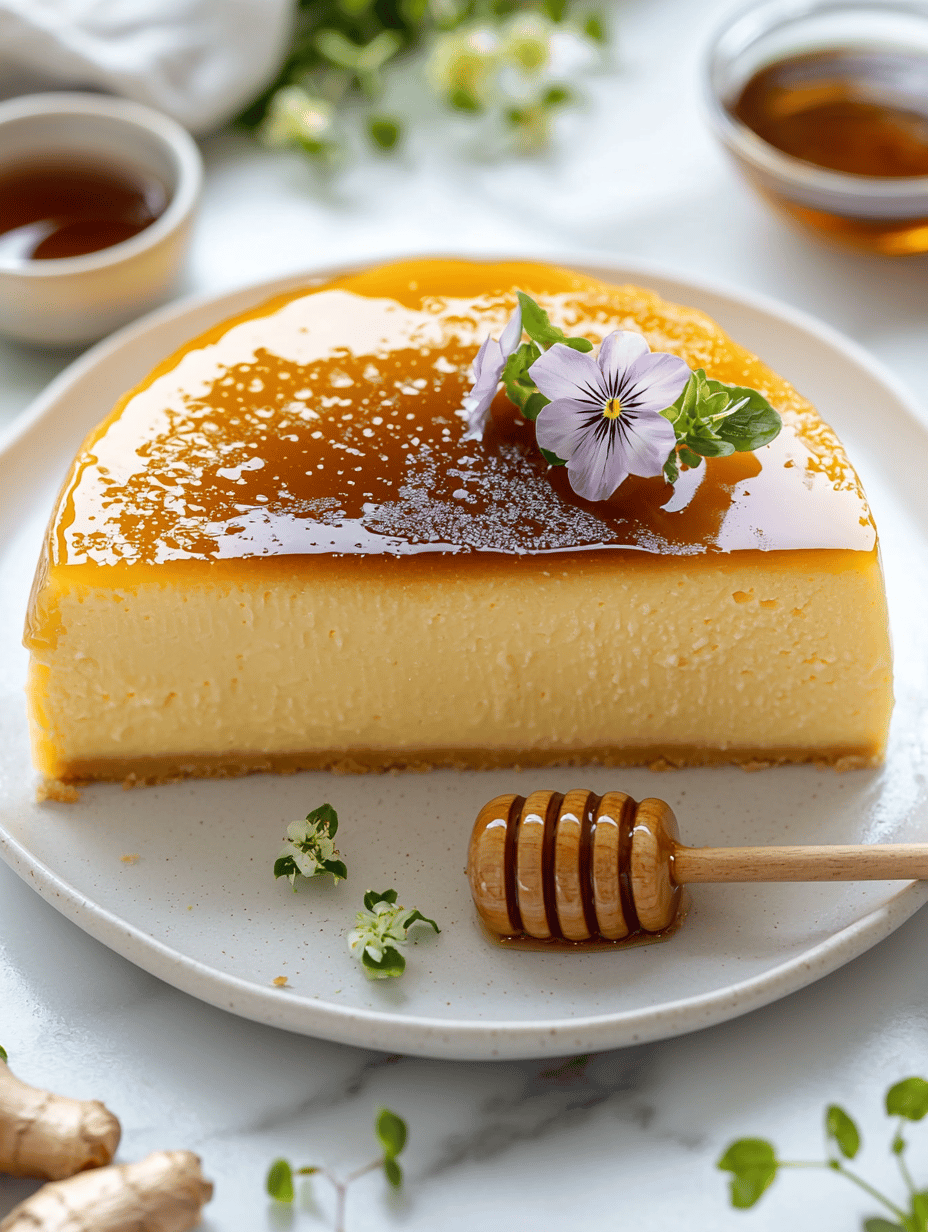
Japanese Miso Cheesecake
Ingredients
Equipment
Method
- Preheat your oven to 160°C (320°F). Line the bottom of a 9-inch round cake pan with baking paper and lightly grease the sides.
- In a mixing bowl, combine softened cream cheese, melted butter, and miso paste. Whisk until smooth and creamy, with no lumps remaining.
- Add milk to the mixture and stir until fully incorporated. Then mix in the caster sugar and vanilla extract until the sugar dissolves completely.
- Sift the flour into the bowl and gently fold it in with a silicone spatula, avoiding deflating the mixture. Set aside.
- In a clean, dry bowl, add egg whites and cream of tartar. Whisk with an electric mixer until stiff, glossy peaks form, and the whites are firm but not dry.
- Carefully fold a third of the whipped egg whites into the batter to loosen it, then gently fold in the remaining whites until just combined and smooth.
- Pour the batter into the prepared cake pan, smoothing the top with a spatula. Tap the pan gently on the counter to release any air bubbles.
- Bake in the preheated oven for about 35 minutes, until the cake is puffed, lightly golden on top, and a toothpick inserted in the center comes out clean.
- Remove from the oven and allow the cake to cool in the pan for 10 minutes. Then, transfer it to a wire rack to cool completely—this helps prevent shrinking.
- Once cooled, gently release the cake from the pan, remove the parchment paper, and serve slices that are tender, airy, and melt-in-your-mouth soft.
Maybe I’ll add a hint of lemon next time. Or swap half the sugar for honey. It’s the kind of dessert that leaves room to experiment, even if you’re not much of a baker. There’s something about that featherlight texture that just makes everything else seem a little less chaotic for a while. And honestly, that’s what I need right now—something gentle, tangible, a little unexpected, but always reassuring.

Hi, I’m Theo Granger, a former line cook and unapologetic flavor maximalist from New Orleans. I believe there are two types of people in this world: those who season their food, and those who LIVE to season their food. This blog is for the latter.
